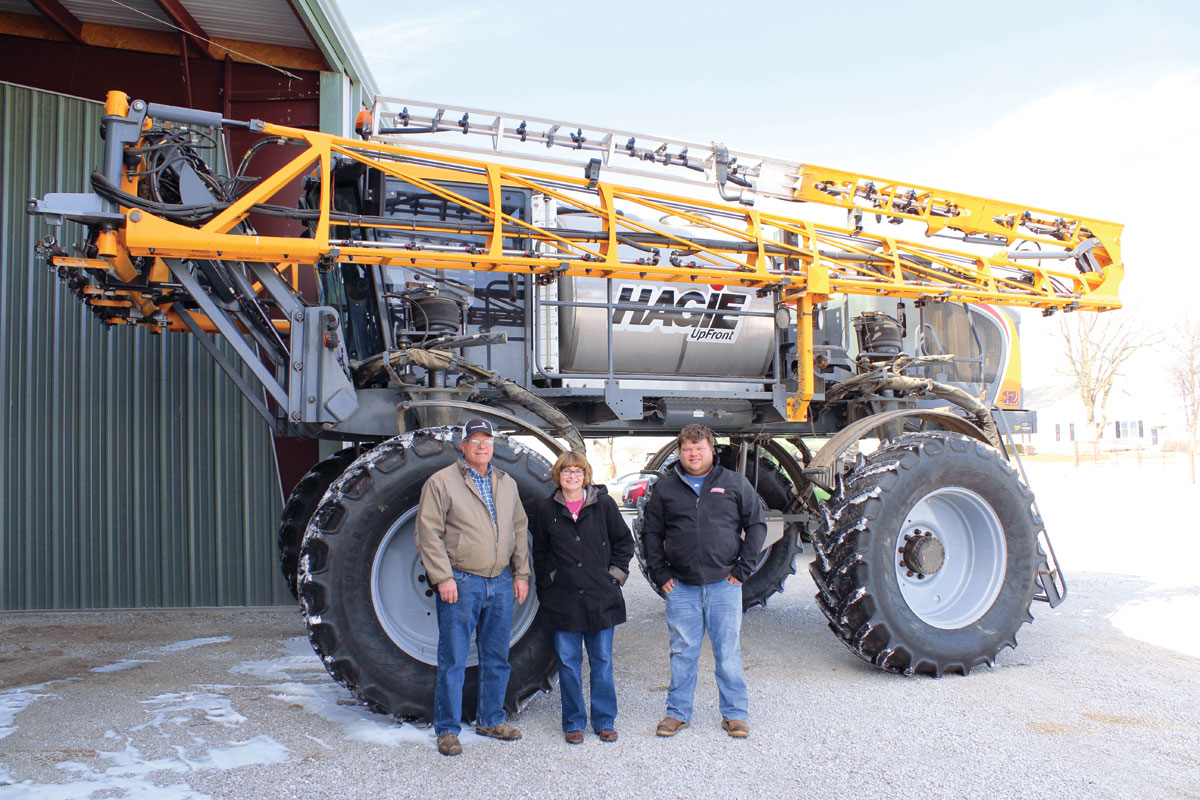
Say ‘float’ and many southwest Missourians think a canoe and maybe Bennett Spring. But to a horse owner or a vet it means only one thing:
“It’s grinding off sharp edges of cheek teeth,” according to Rick Elliott, D.V.M. “A horse’s upper jaw is wider than their lower jaw. When they grind their food, the outside edge of the upper teeth and the inside edge of the lower teeth don’t get ground off. They can’t grind their food properly but they also won’t do well in the bit.”
The experts, according to Rick, think a horse should have their teeth floated once a year but, “personally, I think that’s overkill. I’ve seen horses 20 years old that have never had their teeth floated and they are fine.”
The traditional method involves hand tools but Rick uses a patented air-powered system he purchased from a vet in Texas.
He puts the horse in a portable stock and sedates it before beginning to work. A large metal speculum is inserted into the mouth and cranked open.
“People don’t realize how far back a horse’s mouth goes,” as he inserted his hand almost up to his elbow to check the condition of the teeth. On this day he worked on Three Bugs Special, a stallion owned by David Erwin of Springfield, Mo.
On the end of his air-powered tool is a small grinding bit of carbide or tungsten steel about an inch long. “I found once I got them (air powered floats) I could do a better job and do it easier,” Rick noted. The power tool allows him to grind on the tooth with short strokes that don’t hit the back of the horse’s mouth. His main concern is to not do any thermal damage to the tooth by grinding too long.
Anyone can try to float a horse but only a vet is allowed to sedate an animal. On this Rick comments, “I don’t know how someone could do a good job without sedating the horse to get the mouth open and get in with a light.”
The stock has ropes to help hold the horse’s head up. “If you’ve ever had to hold a sedated horses head up, it’s pretty heavy.”
Rick says about 90 percent of his practice now is on horses. He has always been a large animal vet. He had his own clinic in Brighton, Mo., for several years and has also worked as a vet at the old Springfield sale barn.
A few years ago he moved his practice into Springfield. Actually his practice moves every day. While Rick lives in the heart of the city, he goes against the daily flow and spends his days working outside in the country. “I get to be out in the country every day but don’t have any chores to do,” Rick quipped. “Even with my clinic I found that about 75 percent of my work was on the farm.” So a move to mobile made sense.
Rick works out of his truck full-time. A cell phone and an answering service keep him in touch with his clients. He hauls his stocks and other equipment such as an x-ray or an ultrasound depending on what his client needs for an appointment. “I can fit it all in there but there no place for you to ride,” he joked.
Typical calls involve Coggins testing, preg-checks, vaccinations and lameness.
“Lameness is a challenging thing but also the most rewarding if you can figure it out.”
“I have nothing against cow-calf work but it is pretty repetitive. Right now nobody wants to spend money to find out why his beef cow is sick. Now a dairy cow, that’s different. But if somebody has a sick horse, they want to find out what is wrong and fix it. You are really practicing medicine.”







